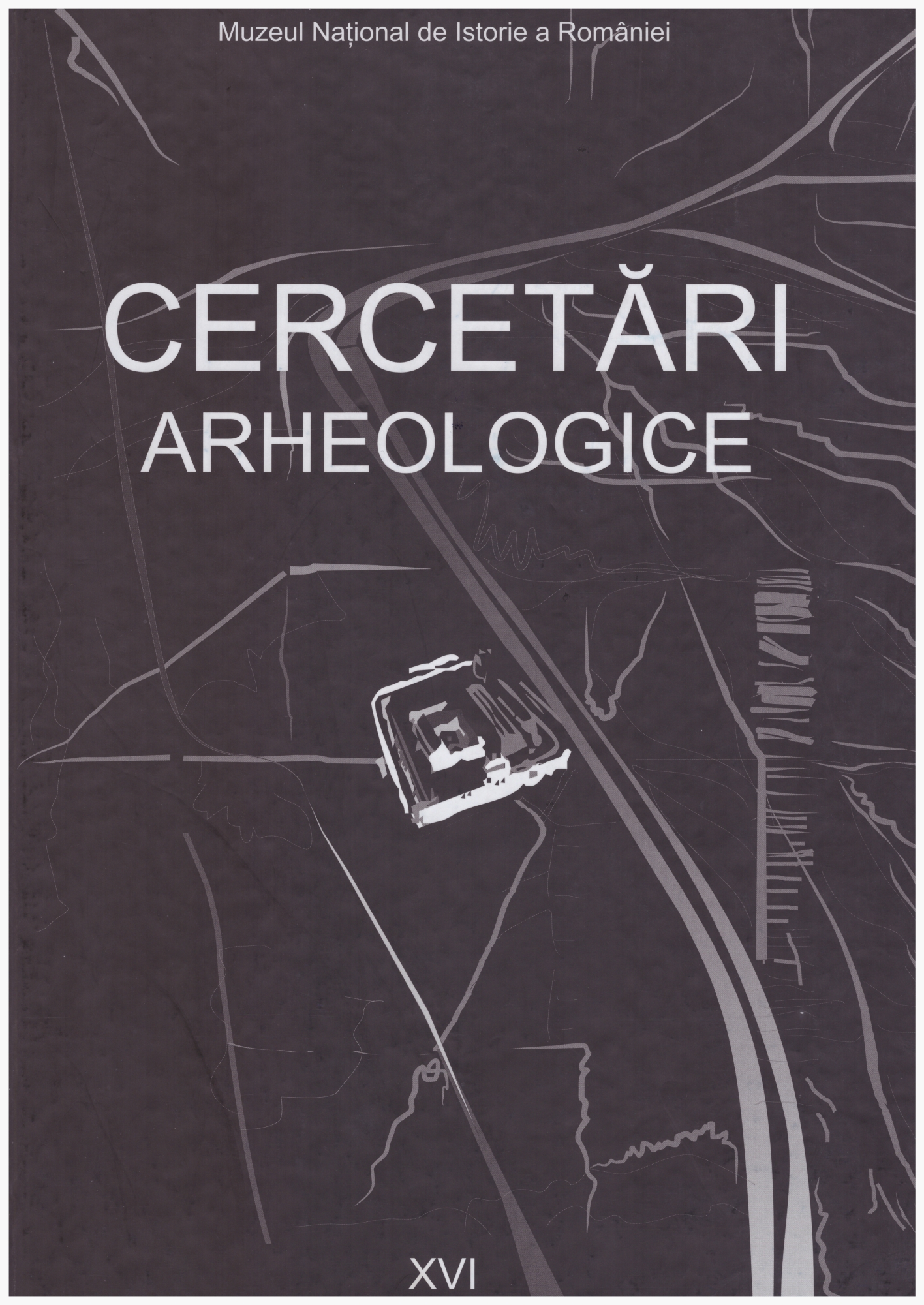Moneda romană târzie în Barbaricum. România – studiu de caz
Late roman coin in Barbaricum. Romania – a case study
Author(s): Delia MoisilSubject(s): Archaeology
Published by: MUZEUL NAȚIONAL DE ISTORIE A ROMÂNIEI
Keywords: Coin; hoards; siliquae; solidi, imitations; Barbaricum;
Summary/Abstract: The study is focused on the features of the Late Roman currency in the territory of Romania. They include a preference for silver coin hoarding during the 4th century A. D. drawn on the silver issues from the imperial period for Transylvania and Banat; a relative abundance of siliquae single finds discovered in the area of Sântana de Mureş–Tchernjakov culture, related to the stipends given to the Goths the Romans; a concentration of the most important siliquae hoards in the area of the Danube limes; the 5th century coins represented mainly by the gold issues of Theodosius II, probably related to the tribute given to the Huns; the abundance of the bronze coins from the 4th century A. D. until 378 A. D. and the almost complete absence of the 5th century A. D. bronze coins, except in the area nearby the Roman limes. The bronze and lead imitation coins are a boundary phenomenon related mainly to the Roman limes of the last quarter of the 4th and to the 5th century AD. According to the mints distribution, the coins took the traditional western road to arrive in Transylvania and Banat and a southern one in Walachia and Moldavia
Journal: Cercetări Arheologice
- Issue Year: XVI/2009
- Issue No: 1
- Page Range: 257-294
- Page Count: 38
- Language: Romanian

